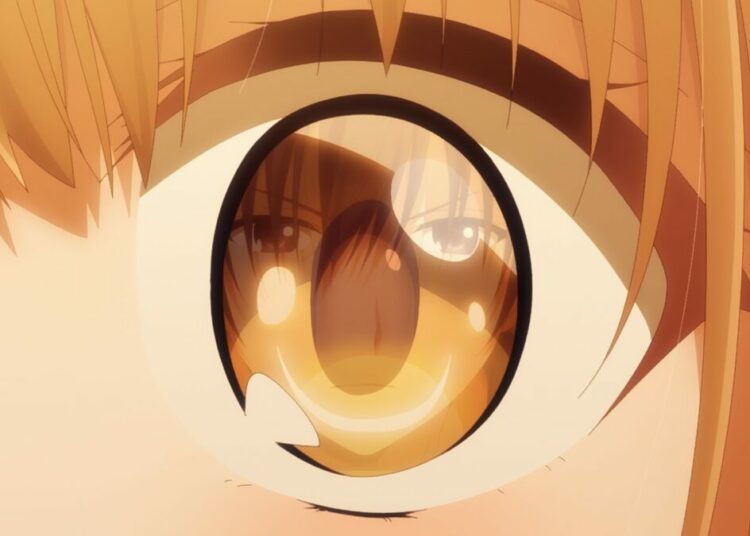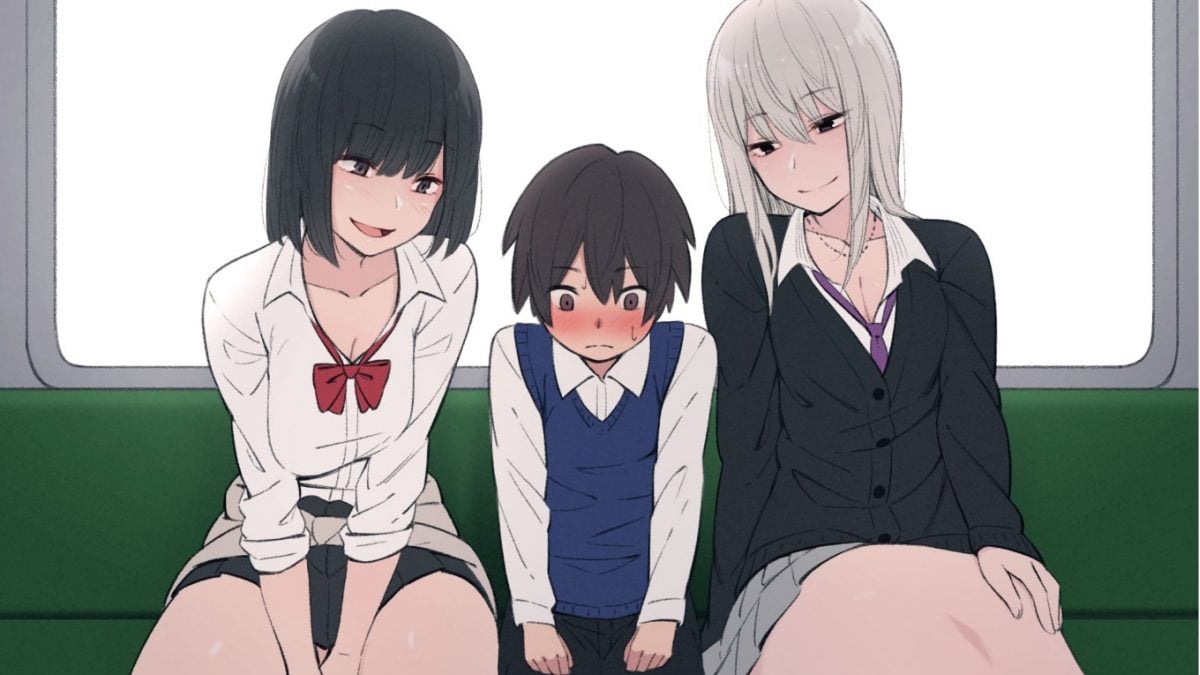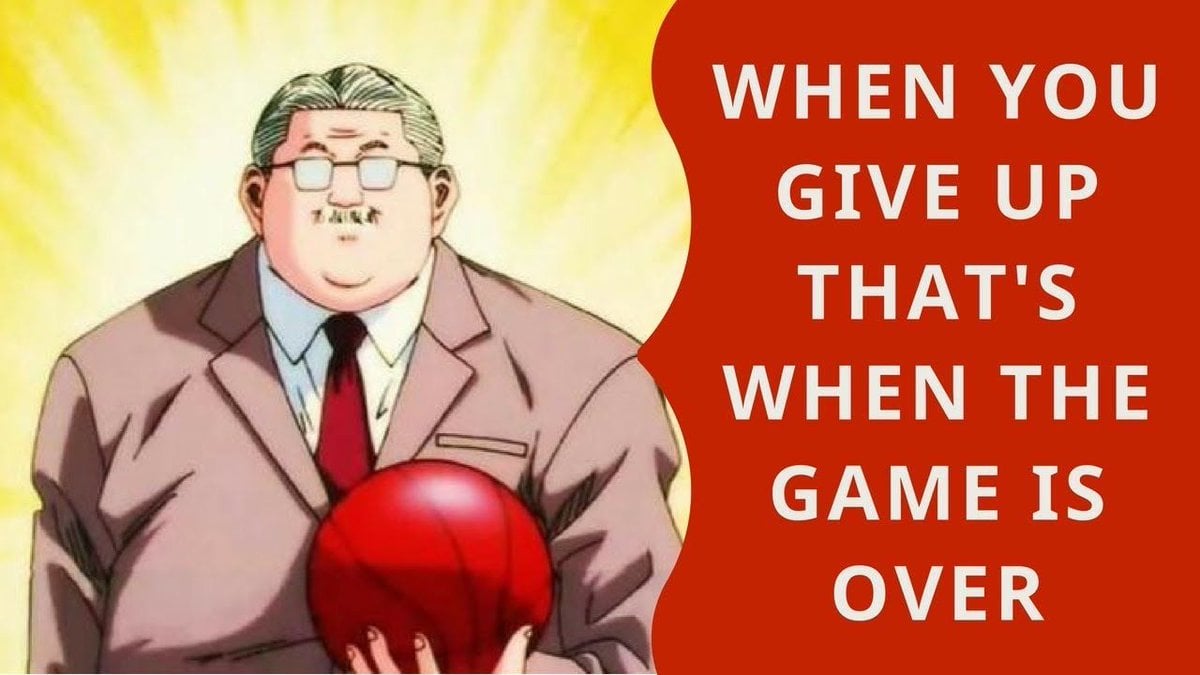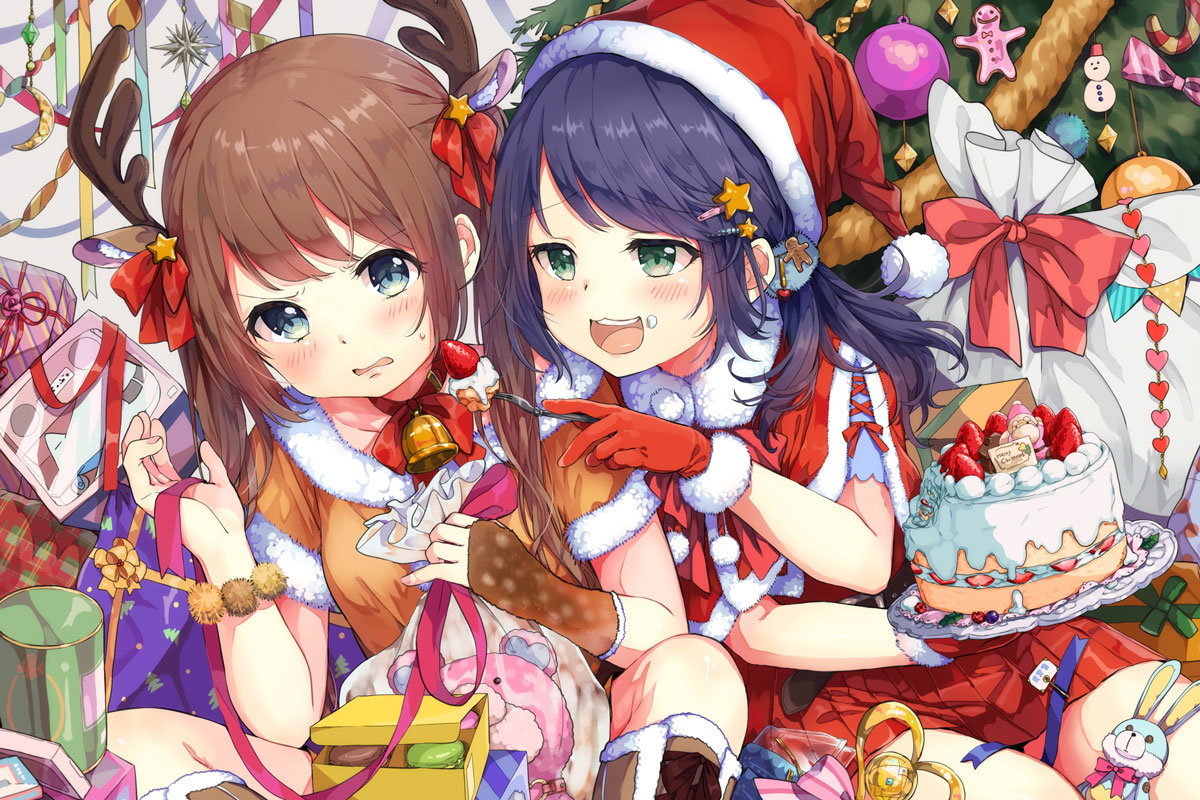Children are very creative, and it seems there’s nothing that a child is incapable of imagining, especially when it comes to inventing new words. When I was learning Japanese in college, I discovered that you don’t have to be a child to have a child’s creativity with language. As I studied Japanese, I experimented with the language every day, completely mangling the grammar as I got each vocabulary word and useful phrase down, sometimes inventing something new and interesting in the process thanks to the universal phenomenon of “not knowing what can’t be done.” The process is not unlike the way a child experiments with its first language, often creating ingenious Dr. Seussian words for things. Just as most of us have a special place in our hearts for the things we loved when we were small, be they television shows or comic books or 8-bit video games, I still feel natsukashii (nostalgic) about the anime I was watching in my college years, which represent my childhood as far as learning Japanese is concerned. So if you ever want to enjoy a second childhood, consider learning a second language!
It’s said that Japan is between ten and 25 years behind the United States and Europe socially, and viewed from a certain point of view, the statement seems to be eerily true. Various social institutions that you or I might take for granted have taken a while to appear in Japan, such as laws against “seku-hara” (harassment in the workplace) or laws protecting the privacy of individuals. Over the past few years, Japan has been renaming some job titles that had a sexist slant due to the kanji they were written with. For example, the old word for a preschool teacher, hobo (保母, literally “protecting mother”) has been updated to hoikushi (保育士, a professional-sounding word that means care-giver), and the former term for nurse (kangofu, 看護婦, written with characters that meant “nursing wife”) is now kangoshi 看護士, which makes no reference to male or female. Some words haven’t been updated yet, though. A family with only one parent is often called boshi katei 母子家庭, which literally means “household of mother and child,” but this word doesn’t serve its purpose very well if the single parent is male. And Japanese who spend several years overseas then return to Japan are called kikoku shijo 帰国子女 or “girl-children who have returned to their home country.” The term is used for males as well as females, despite the fact that the “girl” meaning is built into the word via kanji characters.
I was flipping channels while shaving this morning and happened to see Steven Seagal being interviewed in Japanese by Dave Spector, which was funny since they’re both Americans. He was talking about his latest projects, including a Japanese detective film and an energy drink with his face on it. Seagal is popular in Japan because he’s fluent in Osaka-ben, the dialect of Japanese that more or less corresponds to New York American English, and it seems I can’t go a month without one of his action films being shown on Japanese television. For marketing reasons, most of his movies have been renamed into the “silence” series, for example, Under Siege is the Warship of Silence, On Deadly Ground becomes Fortress of Silence, and so on. I guess it makes it easier to sell a boxed set of his movies to Japanese fans.
J-List sells our wacky Japanese T-shirts, with messages like “Support the Emperor, Expel for Foreign Barbarians” (a political slogan from 19th century Japan, just about the most esoteric thing we could think of for a T-shirt). Our shirts are popular for their original wacky designs, but they’re also excellent quality T-shirts, hand-screenprinted by our San Diego staff with 16 years of screenprinting. We use top quality 6.1 weight T-shirts, add a white under-layer which prevents the color of the shirt from showing through the design, and cure the shirt at 330 degrees to give it long life (far superior to the quickie heat-transfer printing used by those “other” online shops). Our hoodies are great too, made of 80-20 blends, much softer and luxurious-feeling than the cheap 50-50 blends sold elsewhere. Why not browse our T-shirts and hoodies today?















